Today’s post is a little pedantic, but the background is necessary so that you can understand the posts following this one.
Xinjiang, the region we had just entered, is a vast territory, almost as large as Alaska. Though China has had an on-again, off-again presence for the past two millennia, the name, Xinjiang, is Chinese for “New Border Region.” It has only been a part of China for the last two and a half centuries, after being conquered in the 1750’s.
Similar to Alaska, Xinjiang is located northwest of the Chinese mainland. In Xinjiang, I often heard people refer to the Chinese mainland as “neidi” or the interior of the country, as though Xinjiang were on some island.
The northern half is cold, bordering Russian Siberian, and, in Urumqi, Xinjiang’s provincial capital, winter temperatures often drop to -40. The southern half of the province is largely a vast desert, the Taklamakan Desert. The Taklamakan is a huge sandy hole that swallows most of the life which dares to go into it. Though still cold in the winter, the Taklamakan is hot in the summer, with temperatures reaching 115.
The Silk Road ran along the northern and southern rims of the Taklamakan, in the southern half of Xinjiang. It is along the rim of the desert where a group of people, the Uighurs, mostly live. The Uighurs, sometimes spelt Uyghurs, are a group of Muslim Central Asians who speak a Turkic language and look Middle Eastern, not Chinese.
As I mentioned, Chinese empires have occupied Xinjiang over the past two thousand years, though they never thoroughly controlled or populated the region. Even as far back as Emperor Wudi, our friend whose grave had the Naked Terra-Cotta Warriors, Chinese empires were involved in the area today that is Xinjiang through trade and military expeditions.
That said, these were empires that ruled over various peoples, similar to the Roman Empire or the Mongol Empire. They promised stability and economic opportunity in exchange for allowing one elite group, largely based on a single ethnic group, to rule it all. And even when a Chinese empire did occupy it, Chinese people were few and far between, with a medley of other ethnic groups occupying the area. In fact, large groups of Chinese people did not move out to Xinjiang until the 1950’s.
And most of the rest of this blog will rest on understanding one fact: the Uighurs are citizens of the country of China, but they are a completely different ethnic group that identifies more with the Middle East than the Middle Kingdom. Being part of a country they do not believe in, they are angry, and things are getting bad.
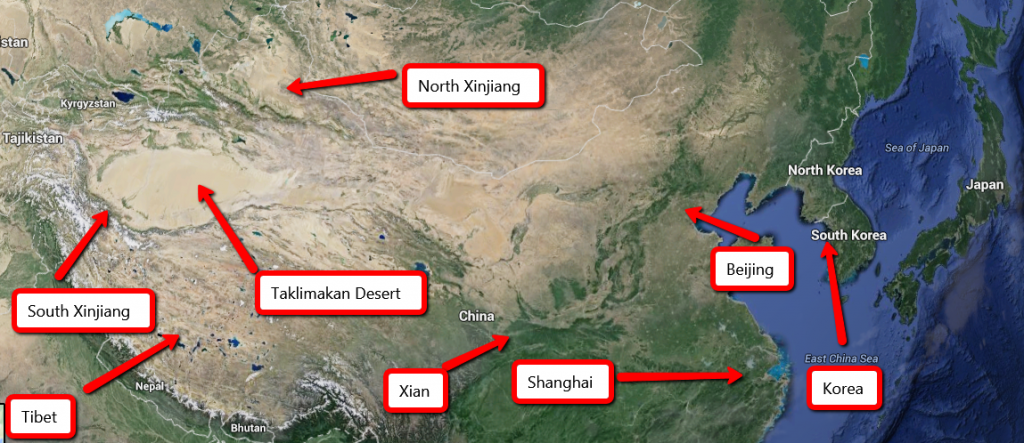
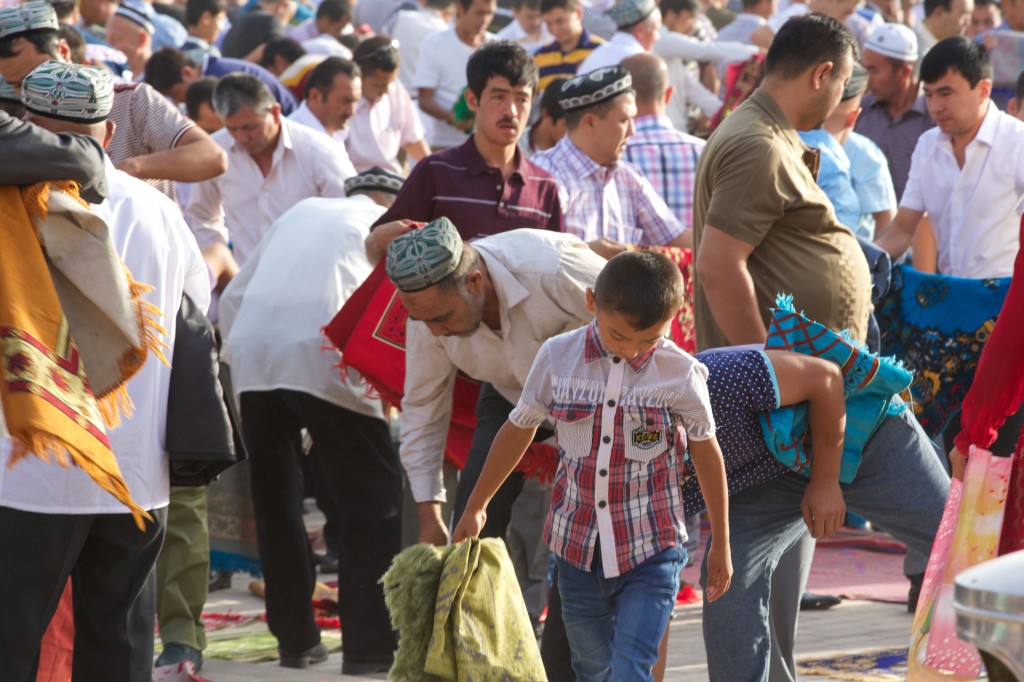
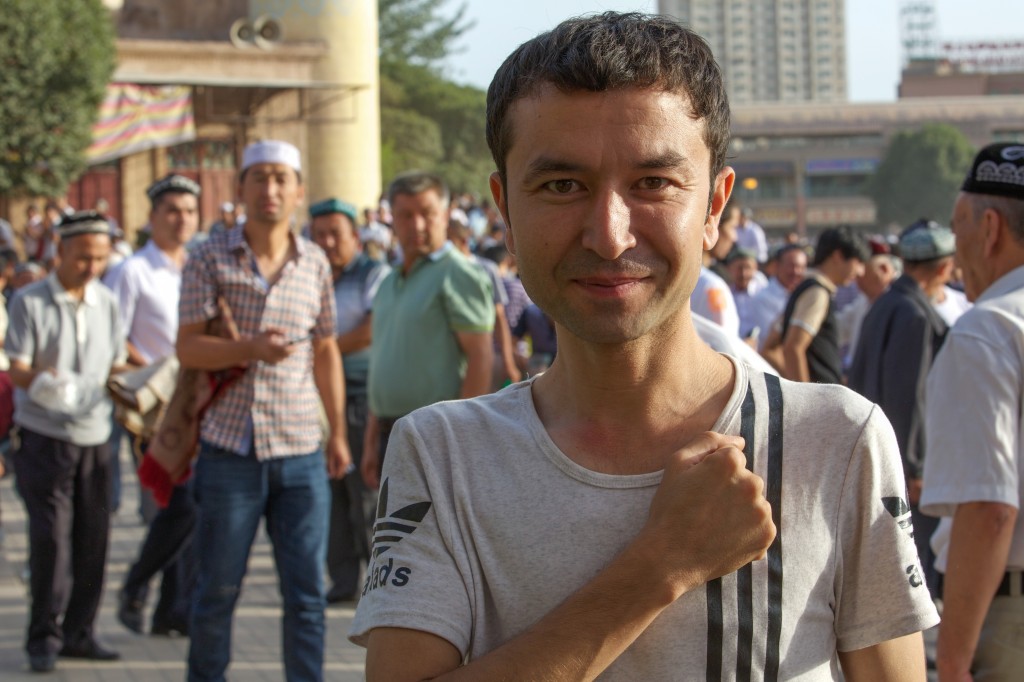
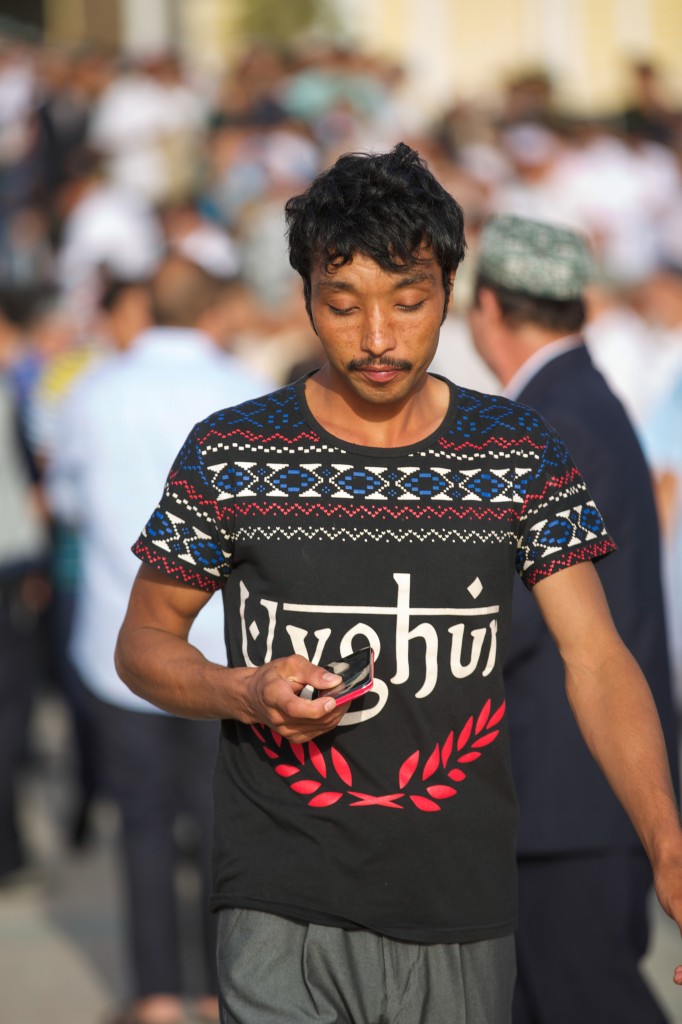
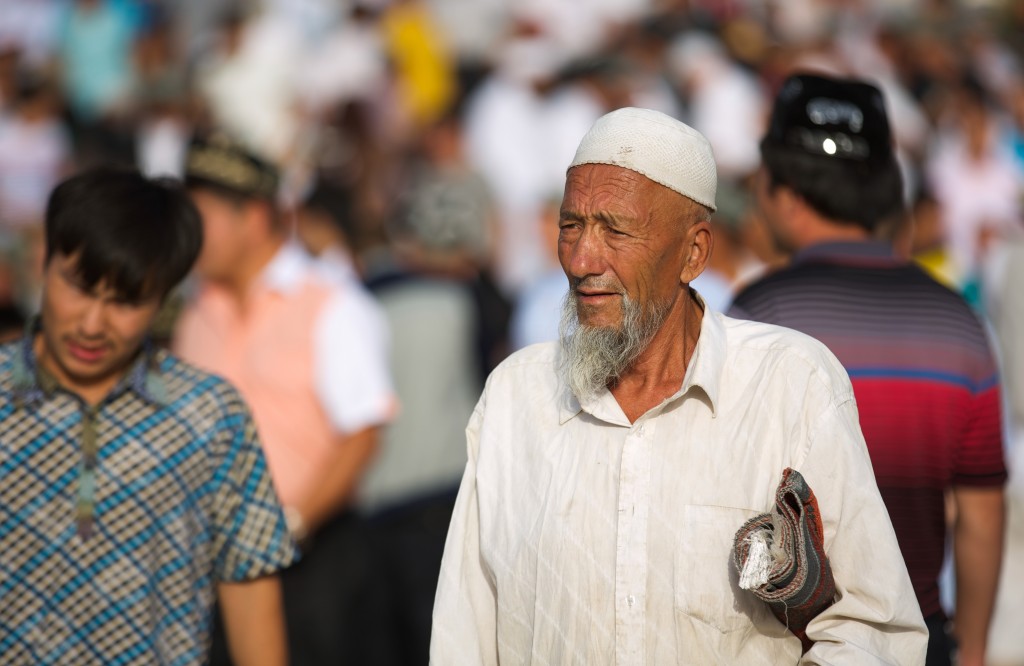
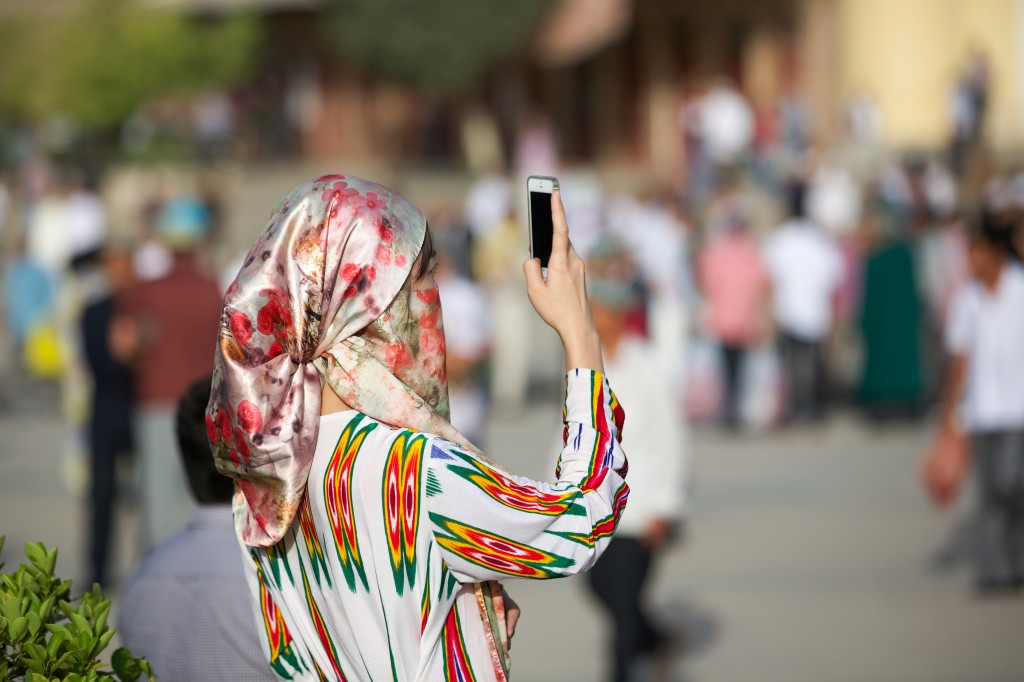
James Millward have said that when he was in Xinjiang in early 90s, relation between Han and Uyghur is quite good. In fact, this is a common observation by many people that before 1990, Han/Uyghur relation is amicable, but steadily worsen since then.
The question is why?
It cannot be simply Han migration because the peak of Han migration was 1960s when more than a million entered Xinjiang. Since late 1970s, Han/Uyghur population ratio in terms of total Xinjiang population have been quite stable.